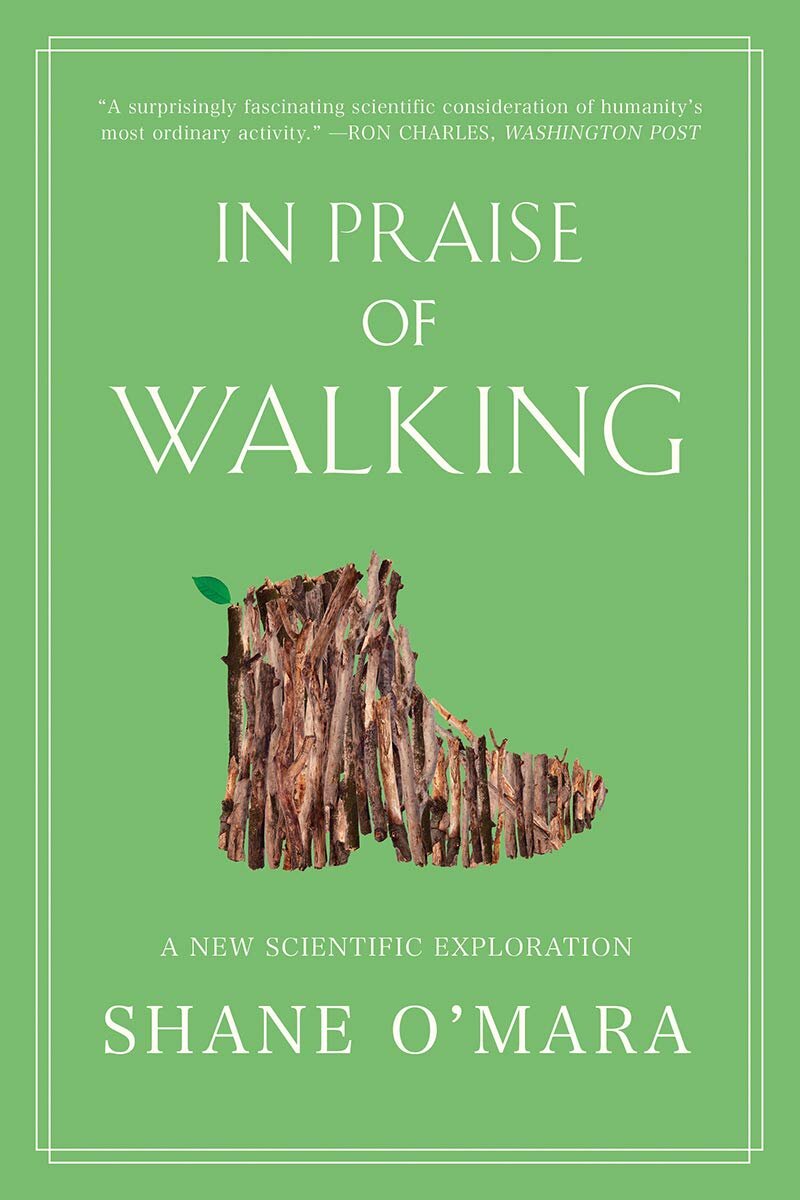Before, and especially during the Covid-19 pandemic, I have acquired the habit of daily walking outdoors. I was not totally aware, however, of the benefits that walking provides until I read Shane O’Mara’s book.
O’Mara entitles one of his chapters “A Balm for Body and Brain”. He asks: “How does walking affect mood, mental health, and brain function? Regular walkers claim that being deprived of the opportunity to walk for even a few days, makes them feel sluggish and tired, and often a little bit down, and that the self-administered cure is simple – to go out for a good walk”. Exercising the heart by walking brings benefits to the head-heart axis. About 20% of the output of the heart goes to the oxygen-energy hungry brain.
A very interesting point that O’ Mara underscores is that when in a study he conducted, the participants were asked to estimate how they currently felt, then estimate how they would feel after a seventeen -minute walk outdoors compared to the same walk indoors in an underground tunnel. The effect of walking outdoors was compelling. Self-rated mood scores improved by about one-third.
“the self-administered cure is simple – to go out for a good walk”
Regular exposure to nature, which is backed up by scientific evidence, has effects on human health and welfare which are positive, measurable, and enduring.
O’Mara states “that the core lesson of his book is this: walking enhances every aspect of our social, psychological and neural functioning. It is the simple, life-enhancing, health building prescription we all need, one that we should take in regular doses, large and small, at a good pace, day in, day out, in nature and in our towns and cities.”
-Sister Valerie Van Cauwenberghe, CSJ







